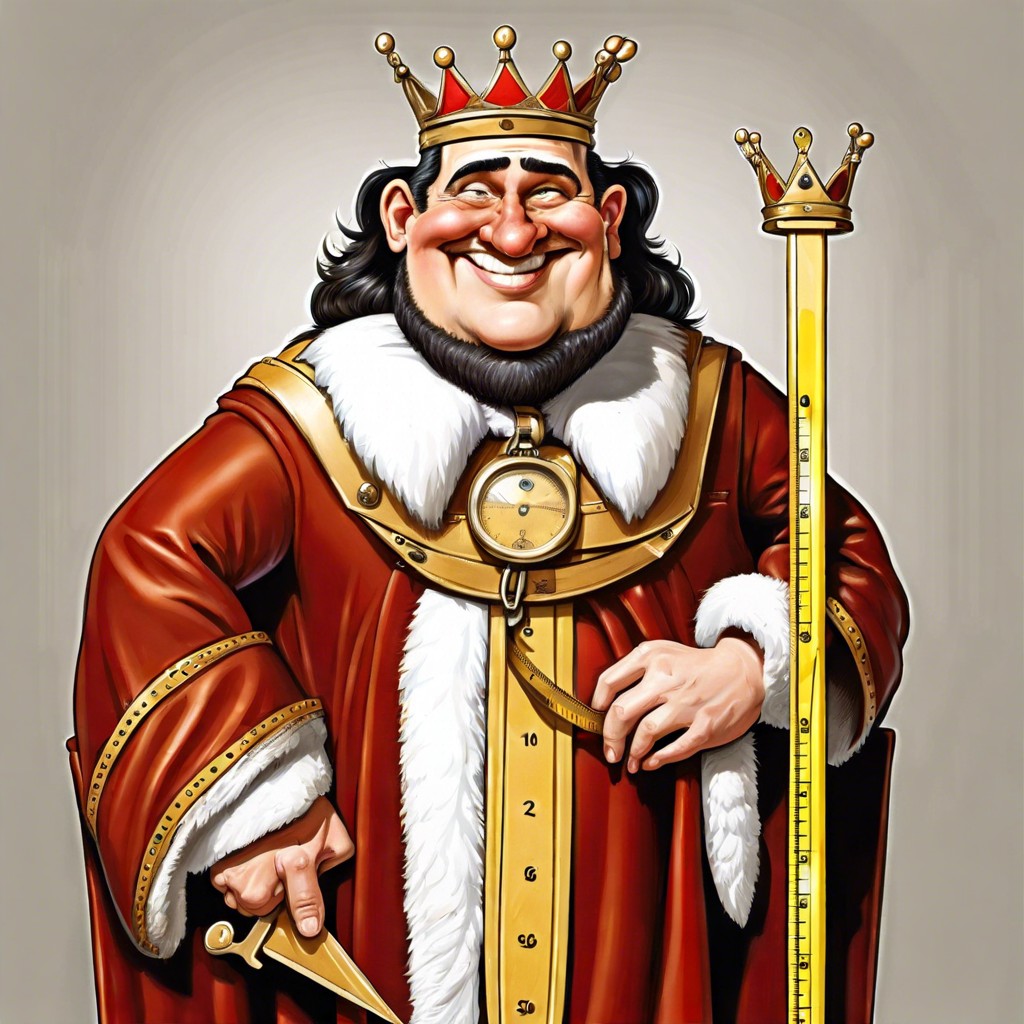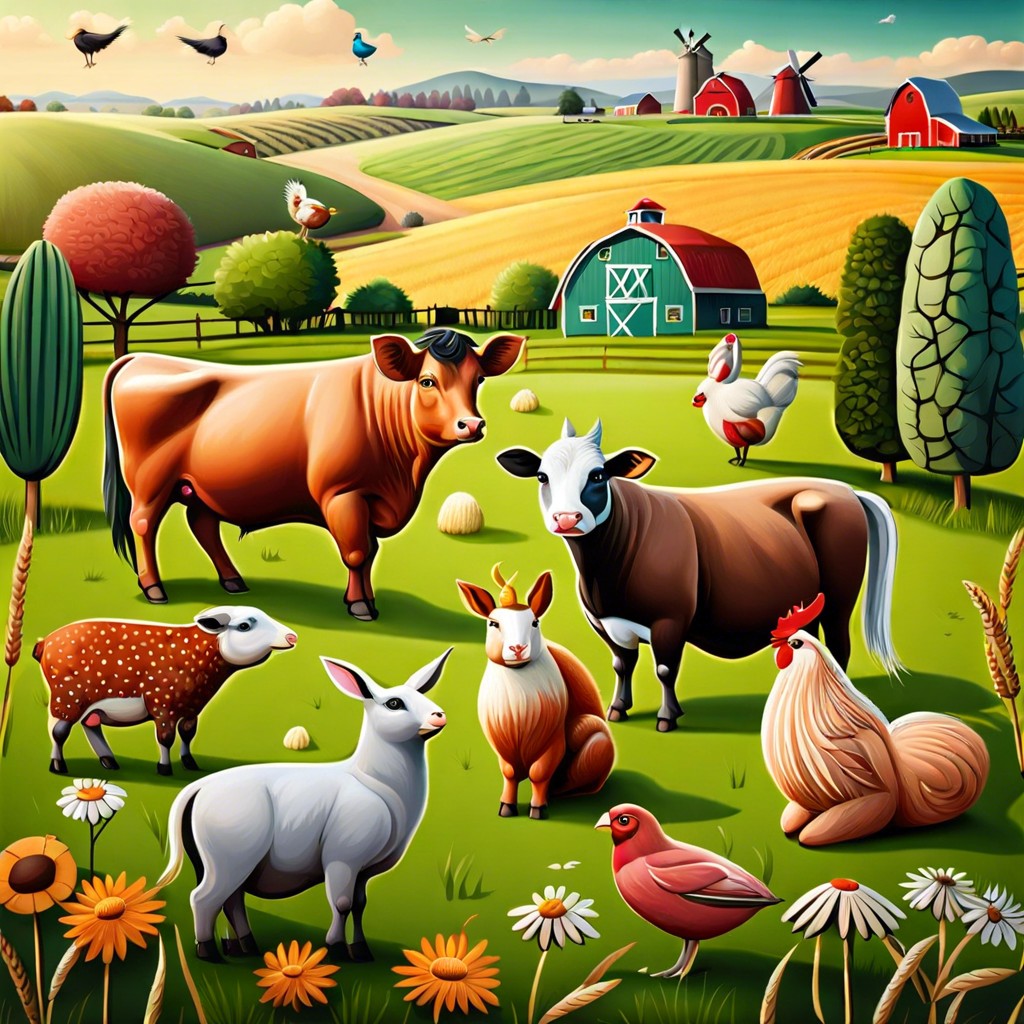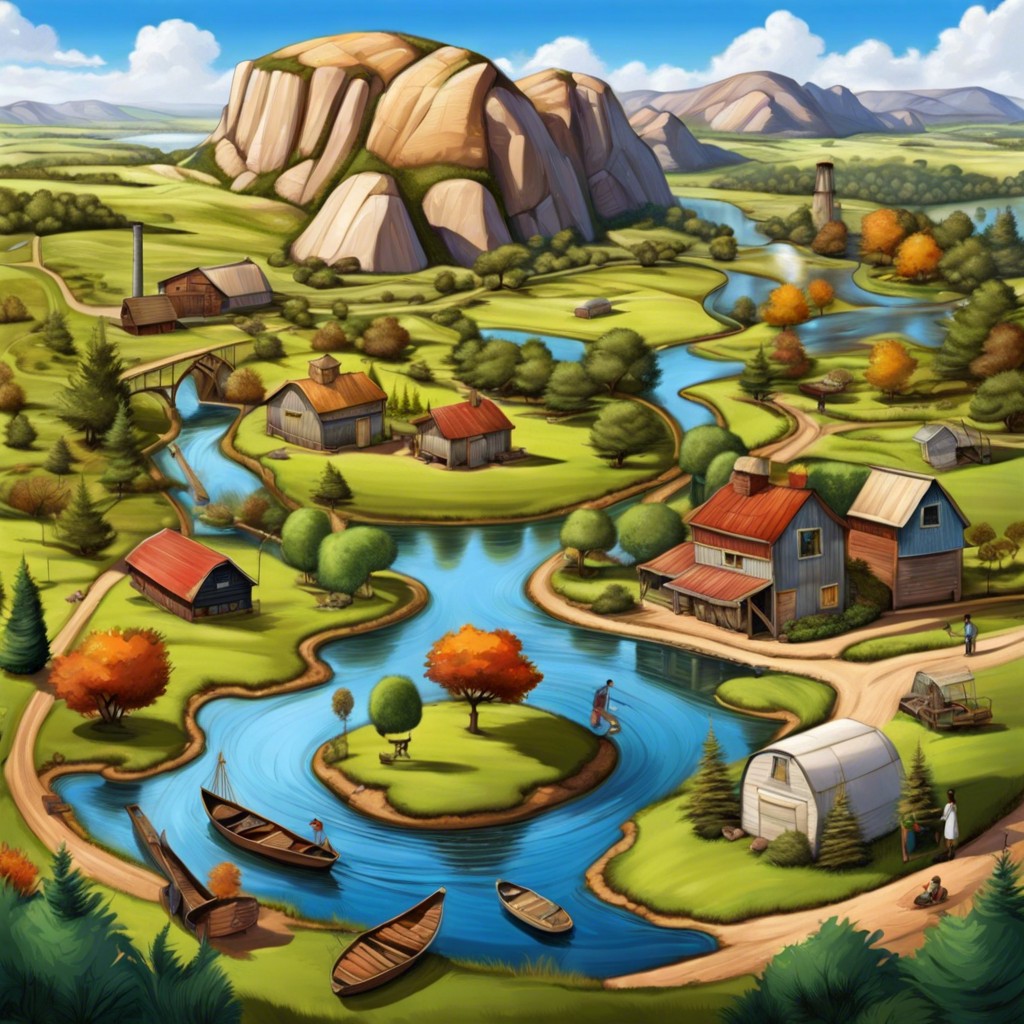You’ll find out exactly what size a fat quarter is and why it matters for your fabric projects.
Key takeaways:
- Fat quarter balances size and utility for fabric projects.
- Fat quarter is a versatile slice of fabric magic.
- Dimensions: 18″ by 22″- more usable compared to narrow strips.
- Regular quarter: narrow strip; fat quarter: chunky, versatile for quilting.
- Fat quarter is a quilter’s secret weapon for various projects.
What Is a Fat Quarter?

Imagine you want to whip up a fabulous quilt or a snazzy pillow. Instead of buying yards and yards of fabric, you opt for a fat quarter – a nifty little piece that strikes the perfect balance between size and utility.
Here’s why it’s special:
Think of a fat quarter as a slice of fabric magic. Rather than the traditional long, skinny quarter yard, it’s cut to be more, well, chubby.
First off, it comes from cutting half a yard of fabric (imagine a big ol’ rectangle) and then slicing that in half again, this time horizontally.
The resulting piece is, quite simply, more versatile. It fits snugly into smaller projects and enables you to mix and match patterns like a pro.
Plus, you get a solid chunk of fabric to work with, avoiding those pesky narrow strips that are more suited for spaghetti than quilting.
Dimensions of a Fat Quarter
Imagine a magical slice of fabric pie. No, not pumpkin or apple—though delicious options—but a delightful chunk of textile joy! This chunk measures approximately 18 inches by 22 inches. It’s like two standard rulers placed end-to-end with another ruler across. That crafty little rectangle comes from cutting half a yard of fabric along its width and then slicing it in half vertically. Voilà!
Why does this matter? Because it totes gives you more usable fabric surface compared to a narrow strip. Think of it as the wide-screen television of the quilting world—bigger, better, and bound to bring a smile to your face.
The Difference Between a Fat Quarter and a Regular Quarter Yard of Fabric
Sure, a regular quarter yard of fabric, also known as a straight quarter, is cut from the bolt in a long, narrow strip—typically 9 inches by the full width of the fabric, which is usually about 44 inches. So, imagine a piece of fabric looking like a runner rug designed by a minimalist with a love for straight lines.
On the flip side, a fat quarter is cut differently. It’s a chunky little guy, sliced from a half-yard of fabric and then divided in half vertically. That gives you an 18-inch by 22-inch rectangle. Think of it as the artisan baker’s version of fabric: more substance, less formality.
Here’s the scoop:
- Regular quarter: Skinny and long; ideal for sashing and borders.
- Fat quarter: More robust and versatile; perfect for quilt blocks, appliqué, and small projects.
Now you know why seasoned quilters might give a mischievous smile when they hear “fat quarter”—it’s like having a secret weapon in their fabric stash.




